Waterproofing is a big factor but warmth is an interesting one.
Although you’re free to buy insulated jackets not all ski jackets will be insulated.
well on it’s own it won’t.
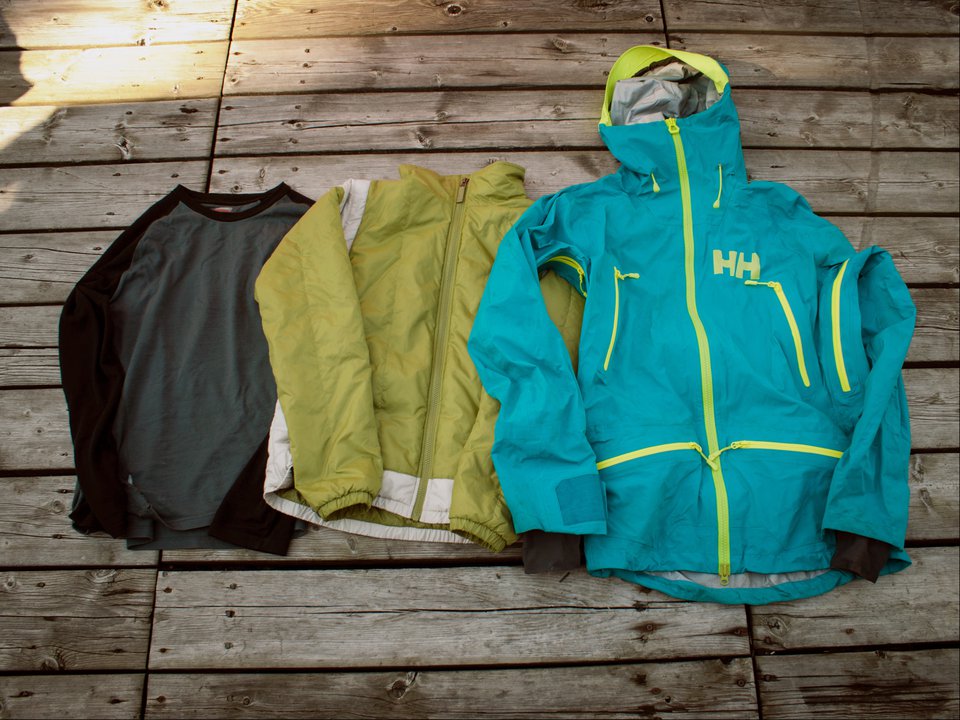
There are of course some situations where an insulated jacket will make more sense.
The East coast for example could be one area where you may want an insulated Jacket.
So when considering your next outerwear, think about where you ski and what will work best.
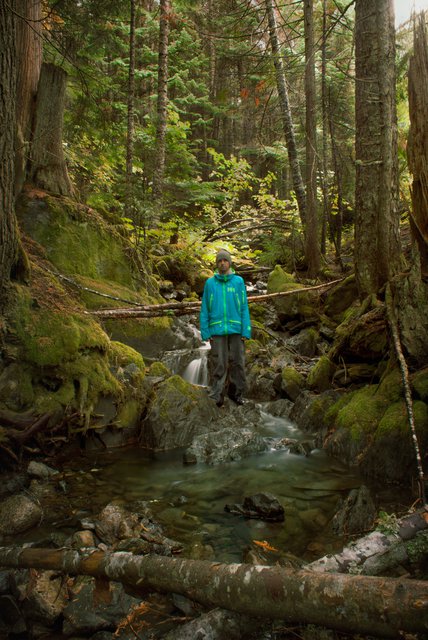
How Waterproof Do I Need?
In the most basic terms the higher the number the more waterproof.
So a 20K jacket will be more waterproof then a 10K from the same manufacturer.
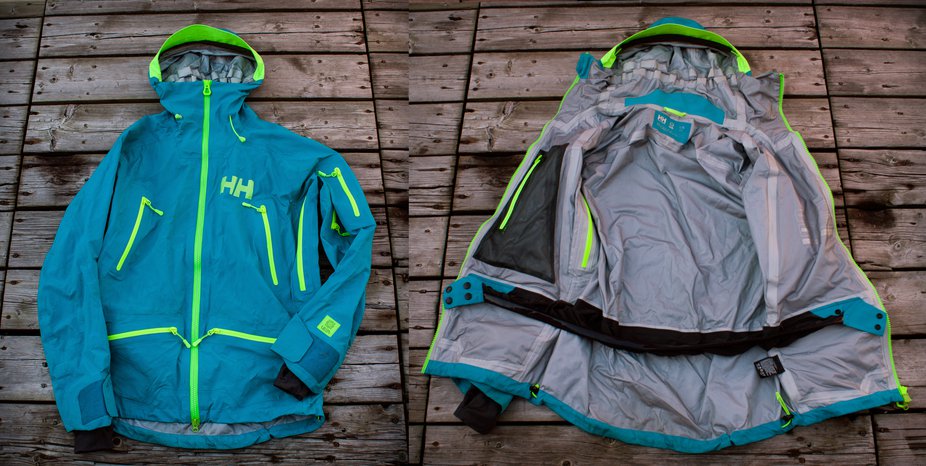
Its great to give you a rough idea but in practice not all 10K jackets are equal.
Most, if not all 10K jackets will be fine for everyday skiing.
The water vapor builds up and this creates the dampness inside.
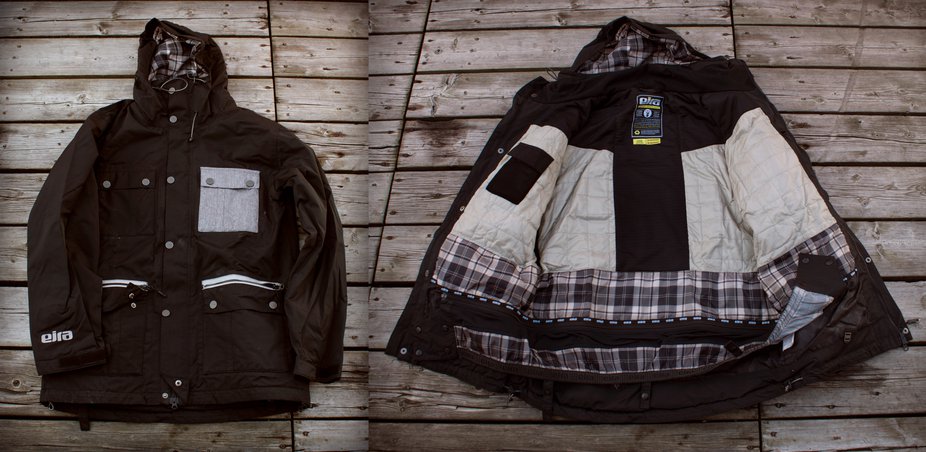
Where it can be more of an issue is in the backcountry.
Breathability is rated in the same way as waterproofing so the higher the number the more breathable.
The layers beneath are the ones which will keep you warm and also more importantly dry.
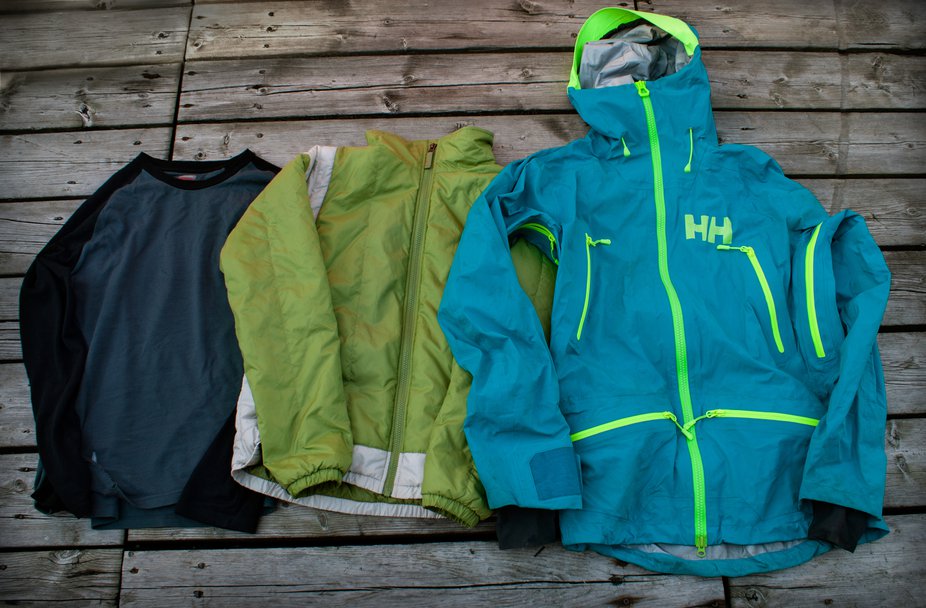
Especially in the park you often see people using lots of layers.
Looking at layering as a 3 part system is a good way to go.
A good way to think about layering is to think of it as a three stage system.
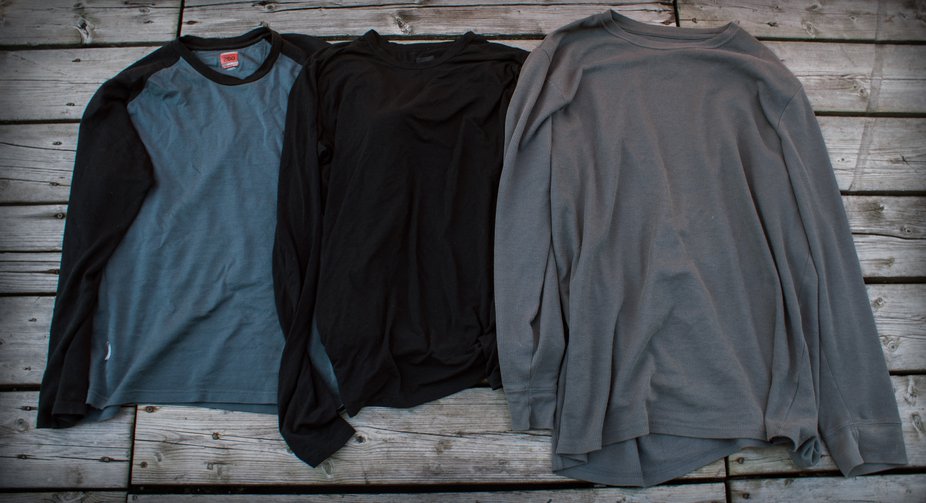
Working from the inside out, the first is the base layer.
The Base layer helps keeps you warm and removes sweat from your skin.
The second layers need to work with the base layers.
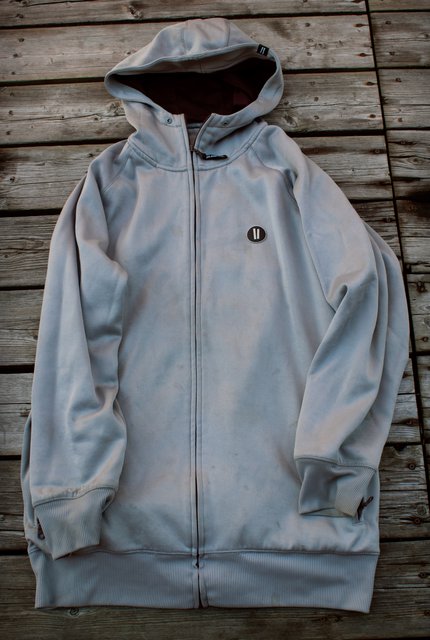
The final stage is the outerwear.
Synthetic materials can also work well and have similar proprieties to wool.
An important feature with base layers is their ability to stay warm when wet.
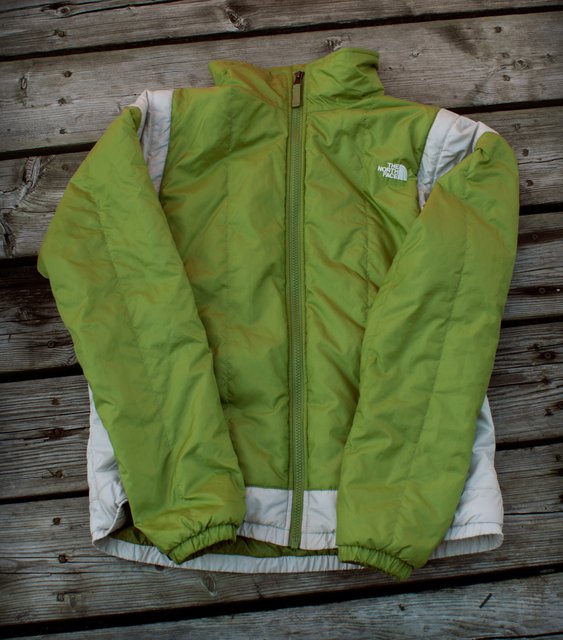
When it comes to warmth, base layers are rated using a numerical system.
One aspect which will have a big impact on the effectiveness of base layers is fit.
I know its not very Newschoolers to wear things tight but you don’t need to show them off.
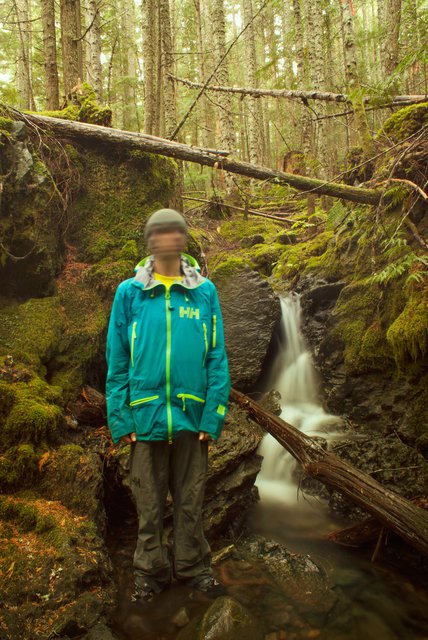
Wear a second larger layer over them and no one will ever know, just verify to avoid cotton.
There are many different types of Mid layer but there purpose is the same, to trap warmth.
Technical mid layers don’t have to be uncool.
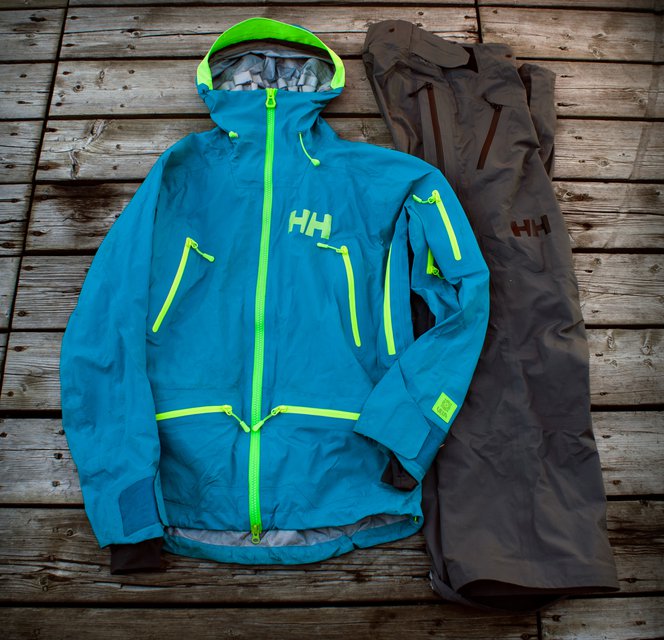
A technical hoody will differ from a normal hoody in the materials it is made from.
Real down has the advantage of being warmer, when compared to the equivalent weight in synthetic down.
Unfortunately down will lose its thermal properties when wet.
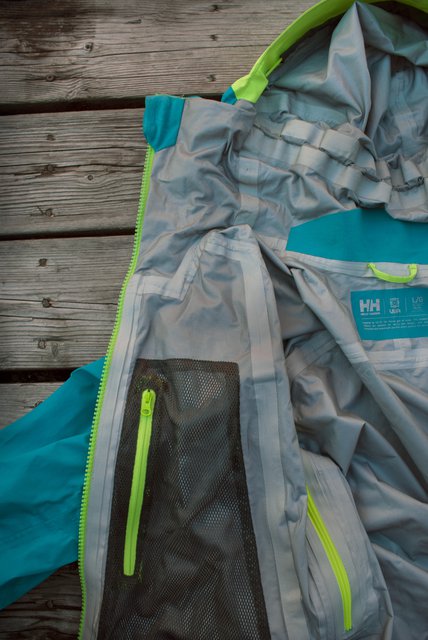
A synthetic down will stay warm even when wet so can be a better option somewhere like the PNW.
With the base and mid layers sorted the final step in the layering system is the outer protection.
There are a number of jackets and pants in the collection includeing both shell and insulated options.
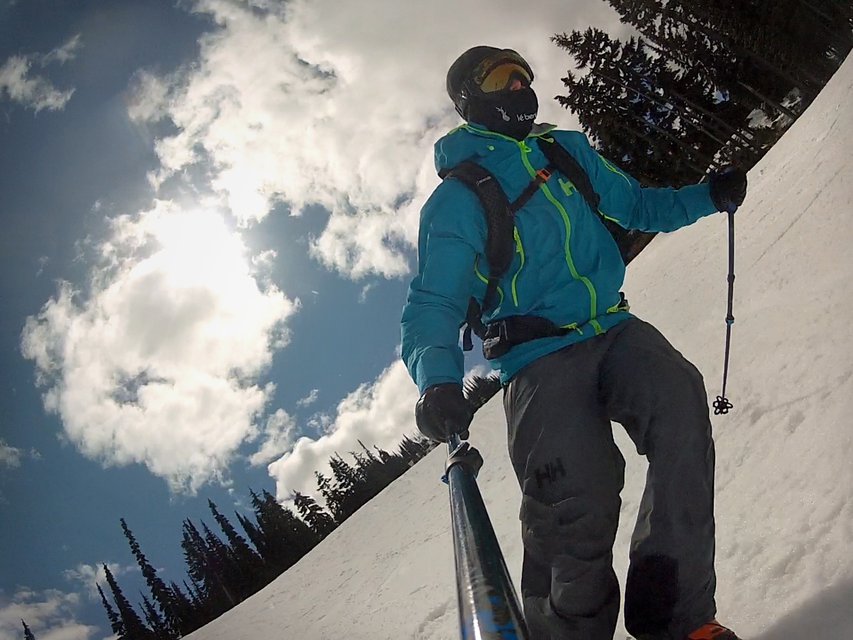
I would be testing the Ridge Jacket and the Elevate Pants the top end shell options in the range.
There are woman’s versions with a different cut but all the same features under the Aurora name.
Looking at the jacket and pants its clear to see this is high end outerwear.
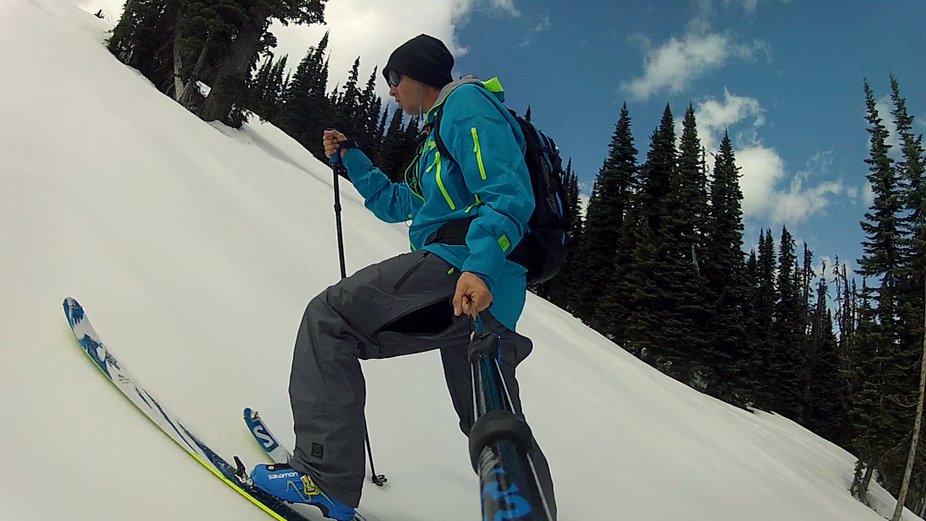
The outer material is very easy to fold and even stretches a little.
When compared to equivalent jackets it feels much more like a lighter rain jacket then a technical shell.
I would be testing both jacket and pants in size large.
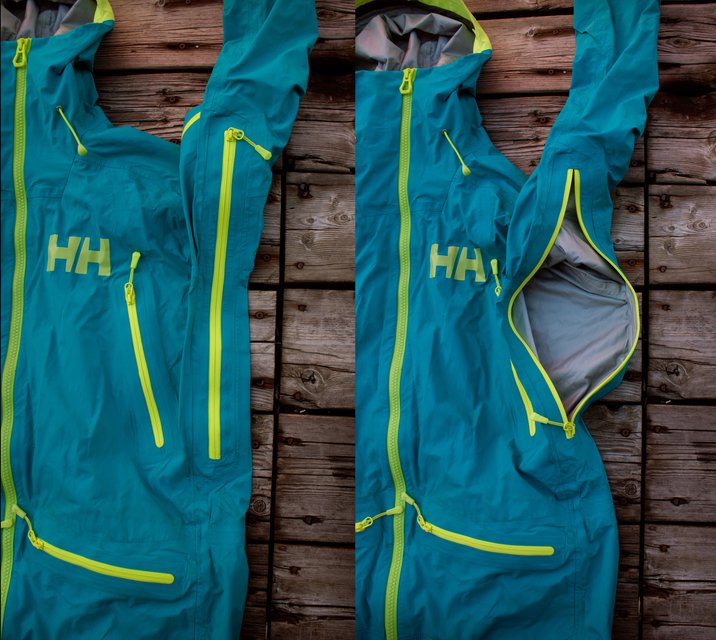
At 5'11 and 160lbs the large fitted me fine but don’t expect a baggy fit.
The common ground here is that users will be out in all conditions and working hard.
A lot of high end outerwear claims to do this but where most fall down is breathability.
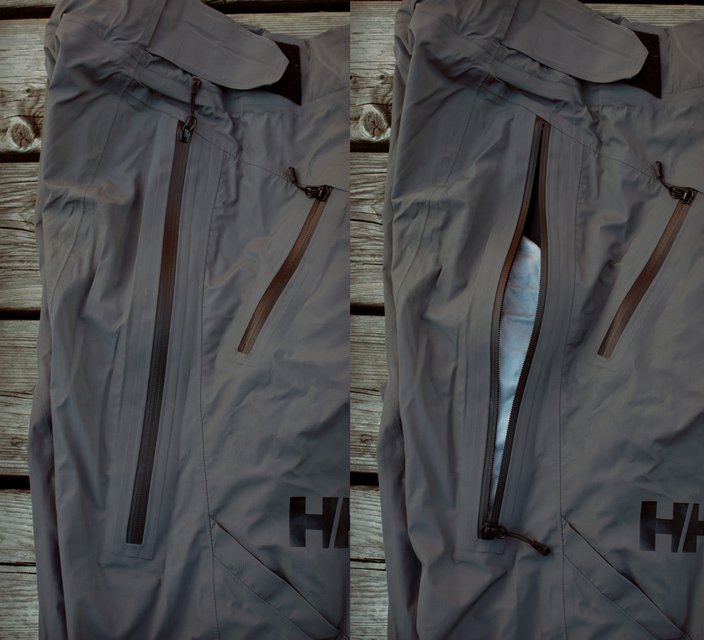
They are great at keeping you dry but just cant keep up when you start working hard and sweating.
Even some top end Goertex jackets can feel rather like a sauna after a short time hiking.
One of the big factors is how well both the jacket and pants are vented.
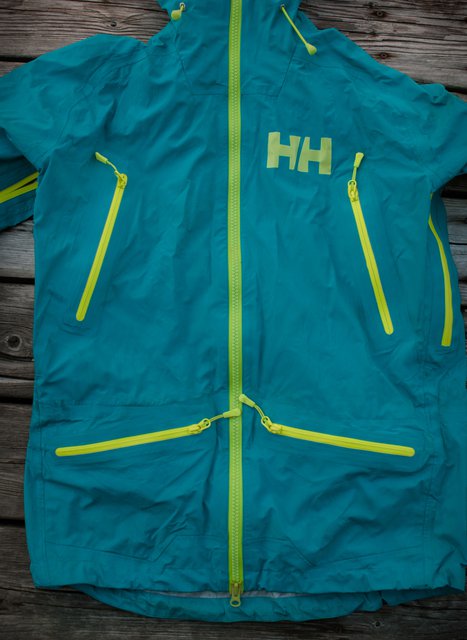
The placement of these vents and also the other pockets on the jacket have been carefully considered.
The arm vents can be fully opened and closed around the pack straps.
Having things easily to hand could make all the difference in those situations.

The lightweight feel of the Jacket in particular at times makes you forget your wearing outerwear.
I was never being restricted and even when I was reaching and streching I never felt restricted.
In the Wet Stuff
At this level I expect the waterproofing to be excellent and comparable to Goretex.
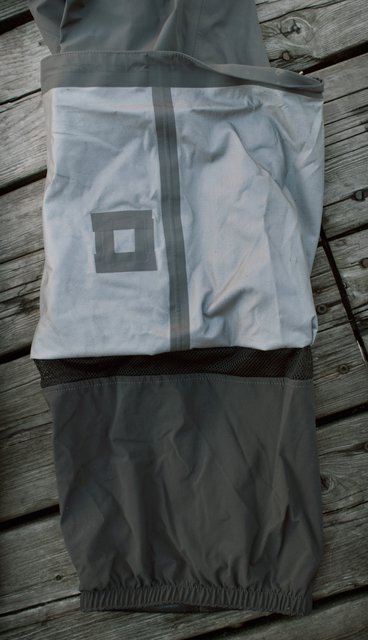
The snow skirt is pretty tight but it stretches and really does stay in place well.
The wrist gators are quite thick and really one of my only real complaints.
I have found they work really well especially with boots with a big range of motion.
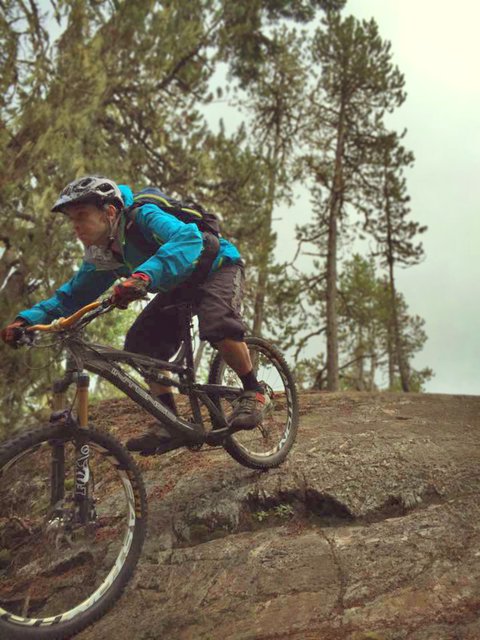
There is a small section of heavy mesh at the top which does allow a small amount of airflow.
It was not a big problem but I did notice it a couple of times throughout testing.
The overall feel of both jacket and pants is excellent.
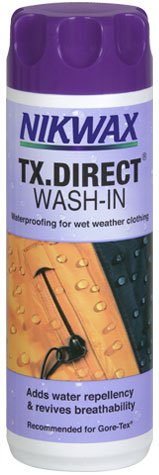
To properly test this, I treated this outerwear in a way which would make most Arcteryx wearers wince.
The pants in particular held up really well.
I do admit I use this jacket very differently to most jackets.
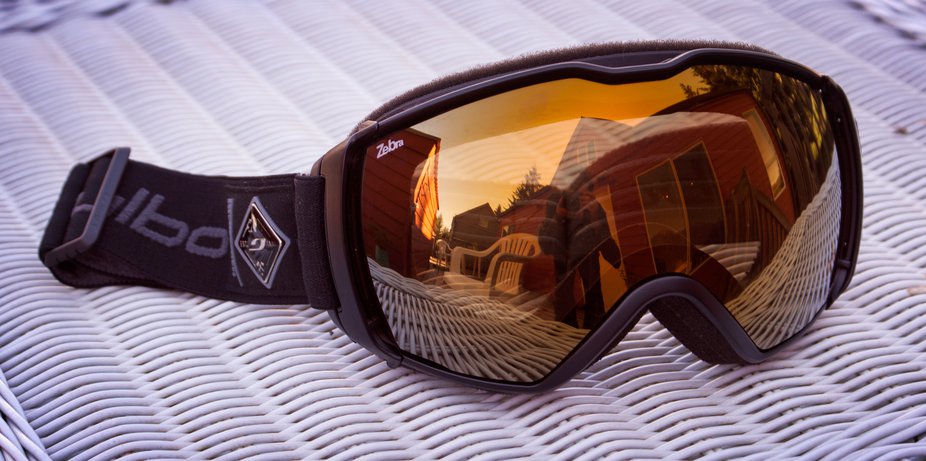
So you would expect it to need washing more regularly but it does seem to need washing a lot.
The smell goes and the jacket is good until you work hard again and the smell quickly returns.
Overall I can except the smell to some extent as it performs so well in terms of breathability.
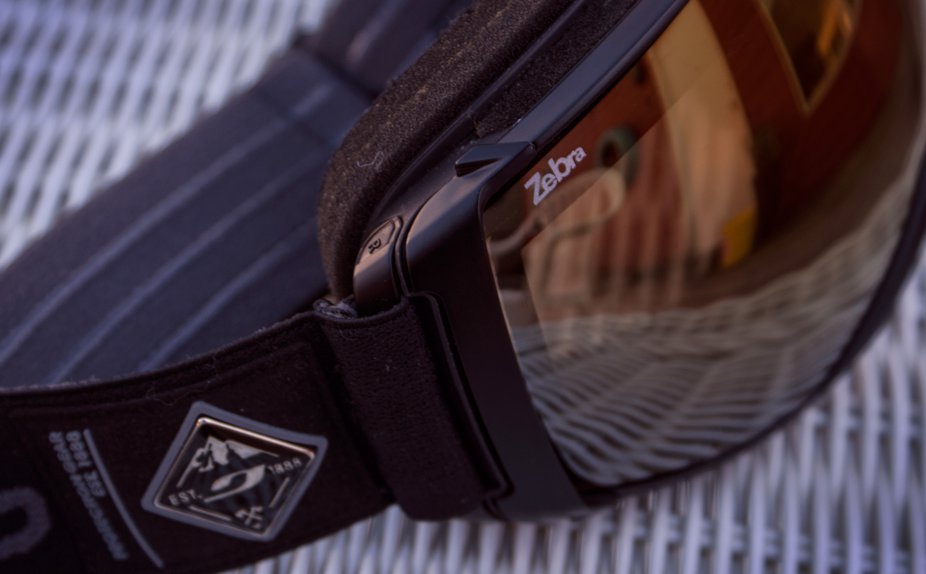
Interestingly I had no issues with the pants at all.
Hopefully you understand layering a little better but there is one area which often gets overlooked, goggles.
Step up the new Julbo Aerospace goggles which hope to offer a simple solution to a very real problem.

For most skiing this system works perfectly but there are some situations where it is less then ideal.
This happens when there becomes a difference in temperature behind the lens and in front of it.
It’s not just in the backcountry that it is an issue.
Well thanks to the new Jublo Areospace such a product now exists.
The system is very simple to use and can be done in gloves and mittens.
The mechanism is both easy to move and solid when the lens is pulled out.
you’re free to easily ski with the lens pulled forward and the mechanism will hold.
By pulling the lens forward you are able to get good airflow which helps regulate the temperatures really well.
They would be great for mid winter tours were you would want some protection but still need good airflow.
The fit is described as Extra large but I would say they are more a mid to large size.
The field of view is excellent but they don’t feel large and weighty.
They fitted my smaller face well but would suit a more mid to large face.
There are 7 different color options with the 4 different lenses Julbo offer.
I have tried both the Snow Tiger, a darker lens for clear days and the Zebra.
The Zebra is a slightly lighter lens and did offer great clarity on lower light days.
In reality I have found I move the lens all the time.
Its so nice to be able to cool off at any point you want.
If you overheat regularly skiing or you often struggle with foggy lenses these may be the goggles for you.
If you tour regularly and want something that offers more protection then sunglasses these are definitely worth a look.
The design is very simple and really does work.